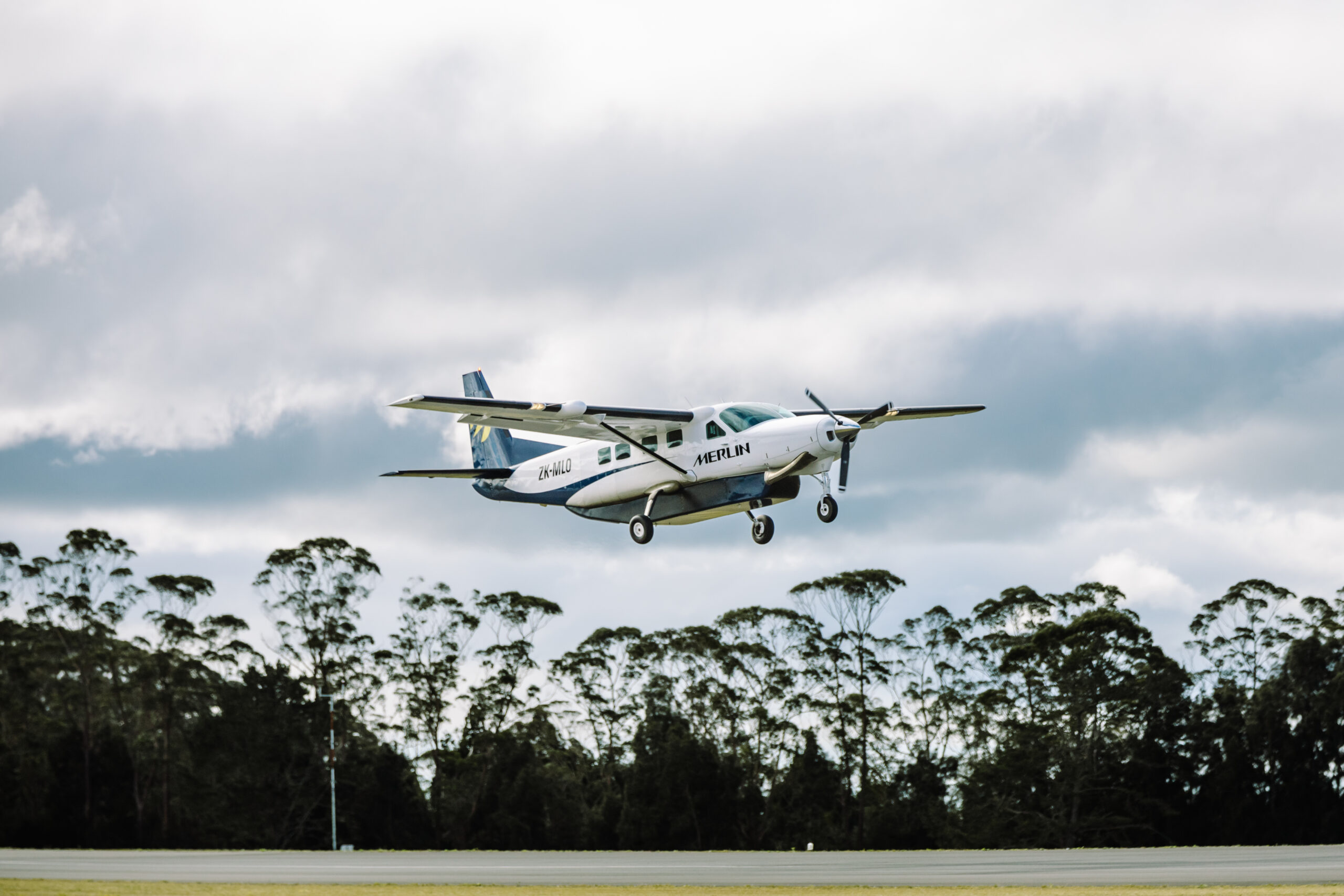ALEX NAIMAN, CTO
01
AI and Aviation Systems
Artificial intelligence (AI) innovations dominate technology headlines today, as breakthroughs in software leveraging large language models (LLM) surprise the world with apparent reasoning skills. Still, challenges remain before claiming that artificial general intelligence has the ability to rival human thinking. What is clear is that while AI can and will do amazing things, the technology is still probably at its initial surge on the Gartner Hype Cycle.
As an industry, aviation tends to be conservative in adopting new technology. The adoption of new technology requires meeting the high bars that make air transport safe, such as providing strong evidence that the technology will work as expected and when needed. Certifying systems to aviation standards thus requires substantial up-front investment, so the new technology must provide a clear value to operators before they will adopt it. Showing clear value and providing a way to prove that it is safe are what we must do when taking a technology as novel and dynamic as AI and introducing it into an aviation system.
How Merlin Uses AI
Merlin is building autonomy for aviation, and it’s important to state as a first principle: autonomy and AI are not synonymous. Many of the functions needed to fly an aircraft autonomously can and should be built using “traditional” software. We see AI as a tool in the toolbox of software design components and we use it only where it’s the best tool for the job.
There are two main areas where we currently believe the set of technology loosely called “AI” can benefit the Merlin Pilot that we are building.
Perception:
Software that uses convolutional neural networks has proven to exceed any other methods for certain kinds of signal processing, including image processing, audio processing, and natural language processing. Human pilots use their eyes, ears, and brains to perceive the environment around them and around their aircraft. Similarly, the Merlin Pilot will rely on perception systems with AI-based software for some perception functions.
Experience:
Many decisions that pilots make when operating an aircraft are procedural and well-defined by the aircraft’s designer. These “if then” decisions are straightforward to implement with traditional software. Today, decisions that require a judgment call rely on the human pilot to make that decision, and that human pilot may rely on their years of training and professional experience to decide. In a future with fully autonomous aircraft, the Merlin Pilot will not have a human to make decisions. Instead we will need to include this “experience” in our software so that the Merlin Pilot can deal with any situation that arises, even if the situation has not been explicitly foreseen and the response programmed. AI-based planning and decision-making methods may be the best way to build this “experience” into our software.
To build the Merlin Pilot, we are exploring these areas using AI-based solutions, but to move from research and development to a safe aviation product, we must also tackle AI assurance.
AI Assurance
In aviation, “assurance” refers to processes and standards that we follow to ensure that products perform safely and as intended. System development, system safety, hardware, and software all have mature and widely accepted assurance processes and standards for developing safe and effective products.
Applying these assurance processes and standards to systems that contain AI components poses challenges. Aviation stakeholders including NASA, the FAA, and industry groups like SAE are working to fill the gaps that remain, especially in software assurance for AI.
At Merlin, we believe that AI technology is the best tool to allow computers to take on certain functions that today only humans can perform in piloting aircraft. We are therefore also committed to finding ways to satisfactorily demonstrate to all stakeholders, including regulators, aircraft operators, pilots, and ourselves, that the AI-based solutions we produce perform safely and as intended. To do so, we participate in the research (NASA), regulator (FAA), and industry (RTCA, SAE, etc) led efforts to define new standards. At the same time, we are not waiting for standards to emerge – we are forging ahead, developing our own new assurance processes in partnership with regulators. This will allow us to incorporate an AI-based automated communication system in our first certified product, our Cessna Caravan STC.
Sound exciting? Come join us – we are actively hiring engineers to work on designing, implementing, and continuously improving our AI software.
